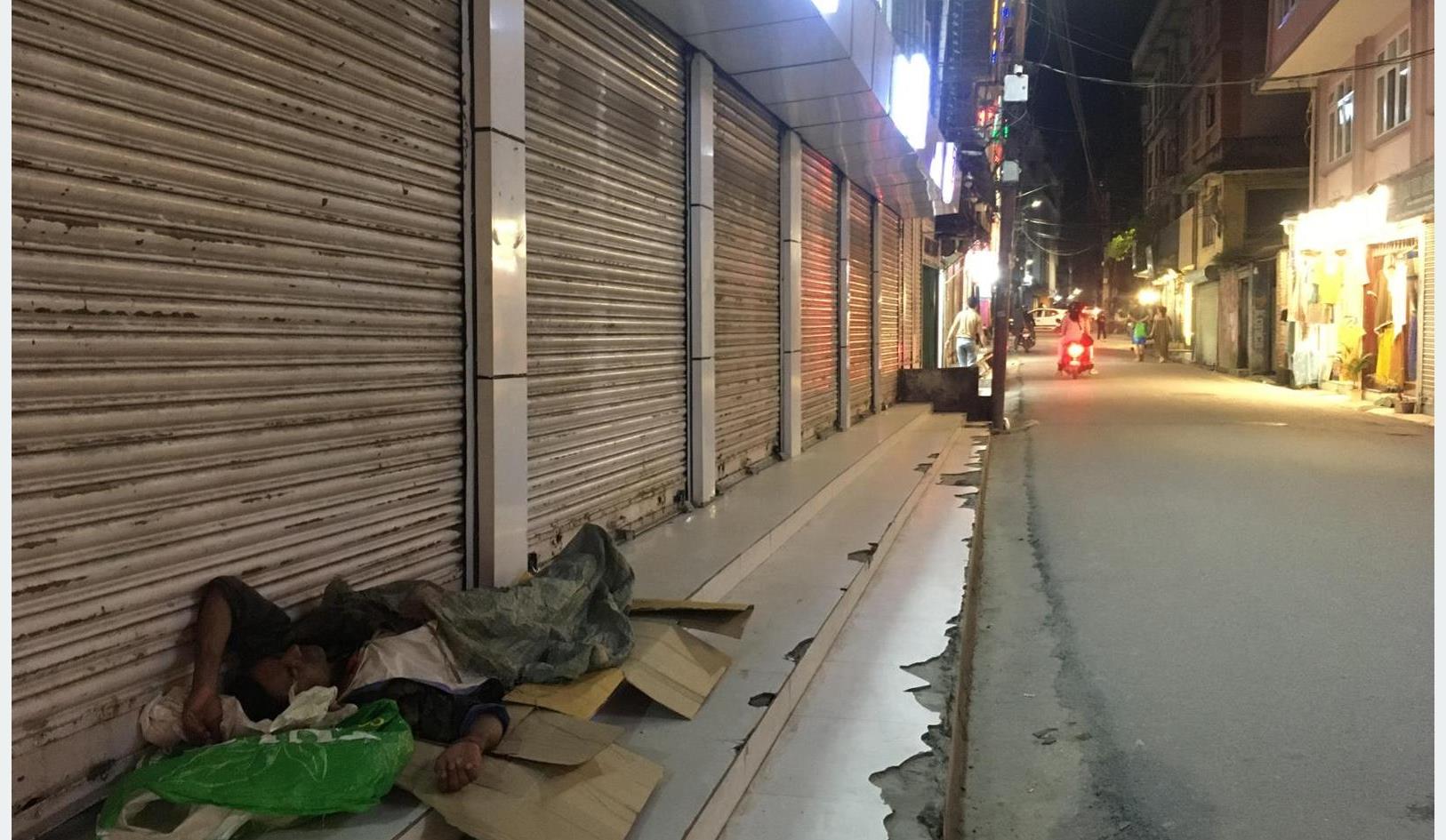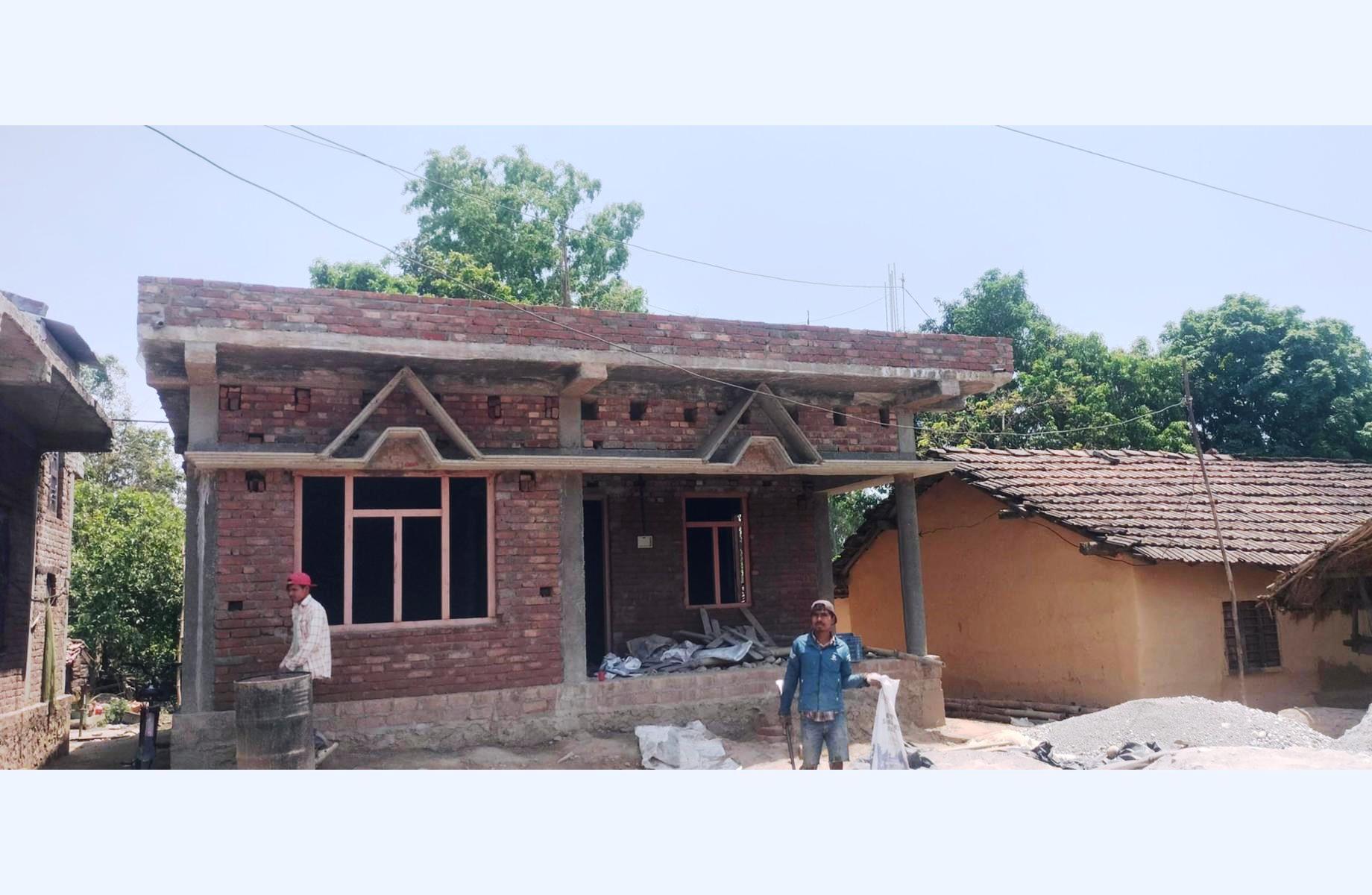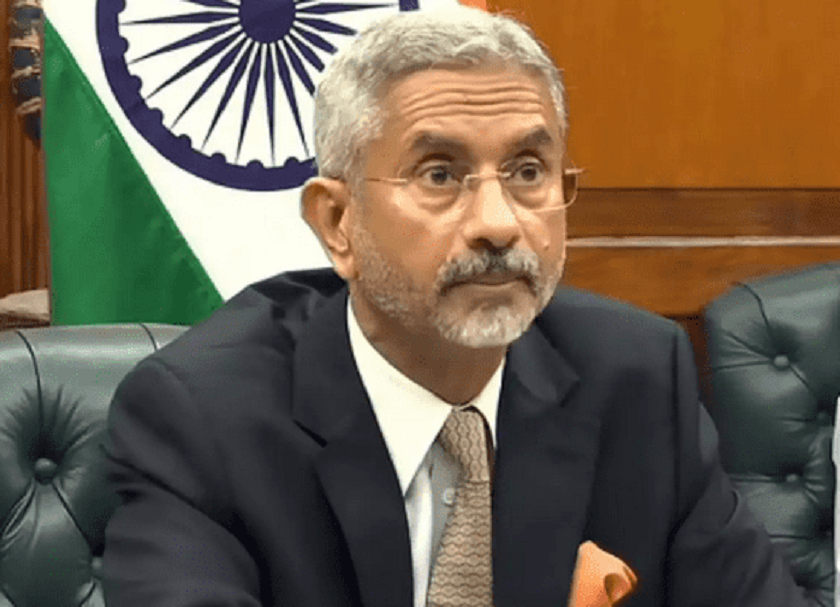Man-made floods in Kathmandu: A disaster of irresponsibility

By Narayan Prasad Mishra
We learn many things through education. At the same time, we also learn many other things through experience, observation, and the company of knowledgeable people. We have a Nepali proverb in Nepali that says: “Do not play with fire and water” (Ago Ra Pani Sita Nakhelnu). It contains deep meaning. It means that when you play with them carelessly or misuse them, they will undoubtedly bring disaster, causing unlimited and unbearable harm. Everyone in Nepal—whether educated or uneducated—knows this proverb because it has been passed down from generation to generation. This proverb must have been created by very wise and experienced people who saw the disasters caused by handling fire and water without thought. The proverb can also be applied to river and water management, such as building retaining walls in the river or high dam or encroaching river land without scientific study for roads, buildings, or squatter housing. If you use it carelessly, like playing, you are bound to face disaster.
We also have wise, knowledgeable, and experienced people in the country. We have very clever politicians who become Presidents, Prime Ministers, and Ministers without any tangible contributions to the nation and people still by winning the hearts of people in elections. We also have top educationalists and civil servants whose names and fame are in the country. We have many engineers, scientists, and experts in various fields. But the flood disaster we witnessed in Kathmandu on September 28, 2024 (B.S. 2081/06/12) shows that we only have foolish, irresponsible, and self-centered people in power who are not concerned with the nation’s development and People’s problems. I’m sure that if they had played a responsible role in river management in Kathmandu Valley—honestly understanding the meaning of the proverb—we would not have faced this unimaginable flood disaster. All of them ignored the proverb and foolishly played with our rivers and river water. Consequently, even people living far away from the rivers and in highland areas suffered without fault or reason.
I live in Kuleshor, Balkhu. My house is located on the main road, four houses before the Ring Road on the left side when going from Kuleshor to the Ring Road. The road’s current name is University Road. This small area is surrounded by two rivers on three sides. To the west, just behind the row of houses from the main road, is the Balkhu River. On the east side is the Bagmati River, just behind my house, separated by a compound 150 feet in length and agricultural land, which was recently turned into a storage house and shade 200 feet in length, altogether about 350 feet from the main road to the river boundary. To the south of the Ring Road, the Balkhu River moves from west to east, where it meets the Bagmati River. The Balkhu River joins the Bagmati just behind the Bayodha Hospital. My house and compound are about 15 feet higher than the riverside land of the Bagamati River.
I acquired this land 55 years ago, in 1969 (B.S. 2026), and built the house in 1973 (2030). Since then, I have been watching the life and movement of the Bagmati and Balkhu Rivers. When these rivers had large floods, they used to cross the river boundary with willow trees and cover the low-lying agricultural land up to my boundary wall with about five feet of deep river water. That water level would be about 10 feet lower than my land’s height. The river never came higher than that level and never entered my house or compound. I never imagined the river would reach my house, as it had enough space to flow. It maintained its movement and flow during floods without creating any problems for highland residential houses. That had been the natural state of our rivers for as long as I could remember. Even if we had more rain and flooding this year compared to any other record, the river would not have come higher than a few more feet if the river had a way to flow like before.

A picture of a Bagamati flood from the Sanepa, Lalitpur, to the Balkhu Chok Main Road. This picture is taken from the Balku Chok facing the east on September 28, 2024
However, for the first time in my 51 years of living here, the Bagmati flood from the east entered my house and compound, inundating my kitchen, dining, and living rooms with about 13 inches of deep water on Saturday, September 28, 2024. It damaged my furniture, refrigerator, washing machine, water pump, and many other things. I lost valuable reading materials, documents, and historical albums, which were submerged. That gave me an unforgettable shock. My huge avocado tree, which is 47 years old, 67 inches in diameter, and 50 feet in length, fell over because of a waterlog. That historical tree was planted by my beloved wife, the late Shanti Mishra, with a seed she brought from Florida, USA, in 1977 when she went to the USA to attend the United Nations General Assembly as the country’s delegate. I was luckily saved from it.
My loving tree is gone forever, five years after my beloved wife left me alone. It was tough to see it in such a shape, which carried many stories regarding our lives. I received this punishment from the river, not due to my fault but due to the foolishness and irresponsibility of those in power. They played with the river and its water, ignoring the very proverb that warns against such behavior by encroaching on river areas for different purposes. I knew the river would bring disaster to me when the responsible officials encroached on the river land and wrote some articles, including the latest one titled – Converting Rivers into Canals: Flood Problems in Kathmandu Valley, published in People’s Review on August 13, 2024, hoping the government would do something.
 A picture of the devastation of my house and compound by flood of the Bagamati River on September 28, 2024
A picture of the devastation of my house and compound by flood of the Bagamati River on September 28, 2024
To the east of the Bagmati is Sanepa, and to the west are Kuleshor, Balkhu, and Kathmandu. The river’s width was once large enough to handle floodwaters. Even during heavy rains that caused large floods, the low agricultural land on both sides of the river allowed the floodwater to flow without rising to the residential highlands. Willow trees on both sides formed a natural boundary. However, during Keshab Sthapit’s tenure as Mayor of Kathmandu Municipality, the Bagmati River land was encroached upon and turned into a dumping site for city garbage based on water levels observed during the dry season and regular rainy periods. He extended this approach to other rivers as well, shrinking more than one-third of the river area and building roads along the rivers. Later, settlers and squatters occupied the remaining parts, creating communities in the name of being landless. This happened on the Kathmandu side.
On the Lalitpur (Patan) side, the government offices, clubs, and organizations, including Lalitpur Municipality, encroached on another one-third of the Bagmati River area, creating river roads, parks, and buildings. This left only one-third of the river’s original area. Then, our river management experts and engineers built retaining walls along both sides of this remaining area, effectively turning the rivers into canals. The recent flood proved how foolish they were in doing so. Meanwhile, landowners on both sides raised their agricultural land to the road level by filling it with mud, broken bricks, and debris and converting it into commercial land with shops, sheds, and tall buildings.
When heavy rain and floods hit, as they did on September 28, 2024, the river had no space to flow, so it naturally rose to the highlands. It reached my residential area, far from the river. Many others, like me, suffered the same fate. This disaster clearly showed the visionless and foolishness of the Municipality Mayor who encroached on the Bagmati land, of the politicians and bureaucrats who turned a blind eye to this mismanagement, and of the river and water management experts who advised building retaining walls in the limited river area. It also revealed the irresponsibility of political leaders who encouraged poor people to settle on river land, claiming to be kind and generous. Due to their foolishness and irresponsibility, hundreds of thousands of people like me suffered without any fault of our own.
The officials, politicians, and parties responsible for this disaster must recognize their faults if they are good human beings. They should immediately vacate the river area by removing all structures—roads, squatter houses, parks, office buildings, and community facilities. They should restore the river’s natural flow by removing the retaining walls. Furthermore, they must enforce the court’s recent decision to establish a 40-meter no-construction zone on both sides of the river. I recently read an article written by a person proposing large passageways for the Bagmati River at the Chovar Gorge, disrupting the natural Gorge that had existed without problems for centuries. Though I am not an expert, I fear that such measures could lead to more severe issues like landslides and create more problems for rivers to flow. I hope the concerned officials will think carefully and consult the most experienced experts, whether from Nepal or abroad. They must avoid repeating the mistakes of the engineers and planners who advised building retaining walls in the river, making the narrow breadth of the river area. The recent flood has proven them to be either fake experts or dishonest sycophants who failed to provide honest opinions, fearing it would not please their superiors.
We all know that Balen Shah, the Kathmandu Mayor, has been taking an active role in maintaining the river civilization in Kathmandu since he took the responsibility of its mayor. He has been taking the initiative to remove settlers from the banks of the river. I urge the government to appreciate him instead of being jealous of him and help him in the best possible way in his holy endeavor.






